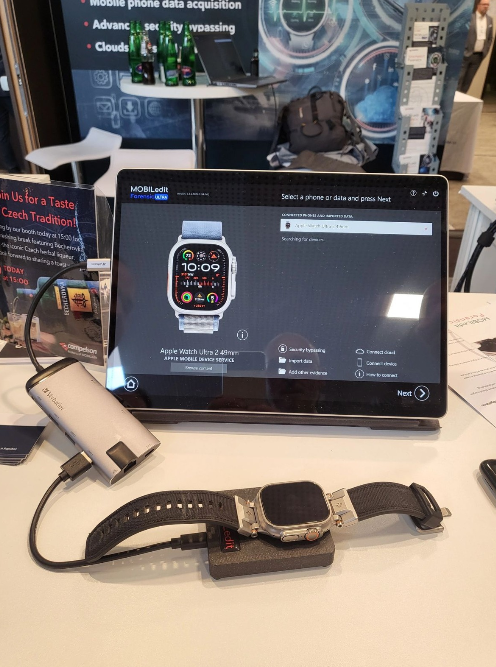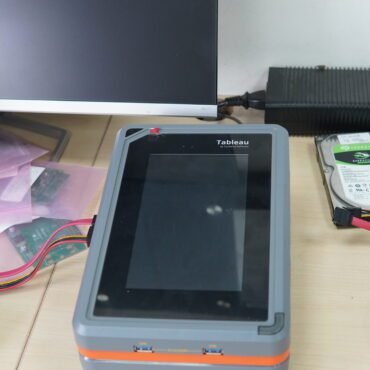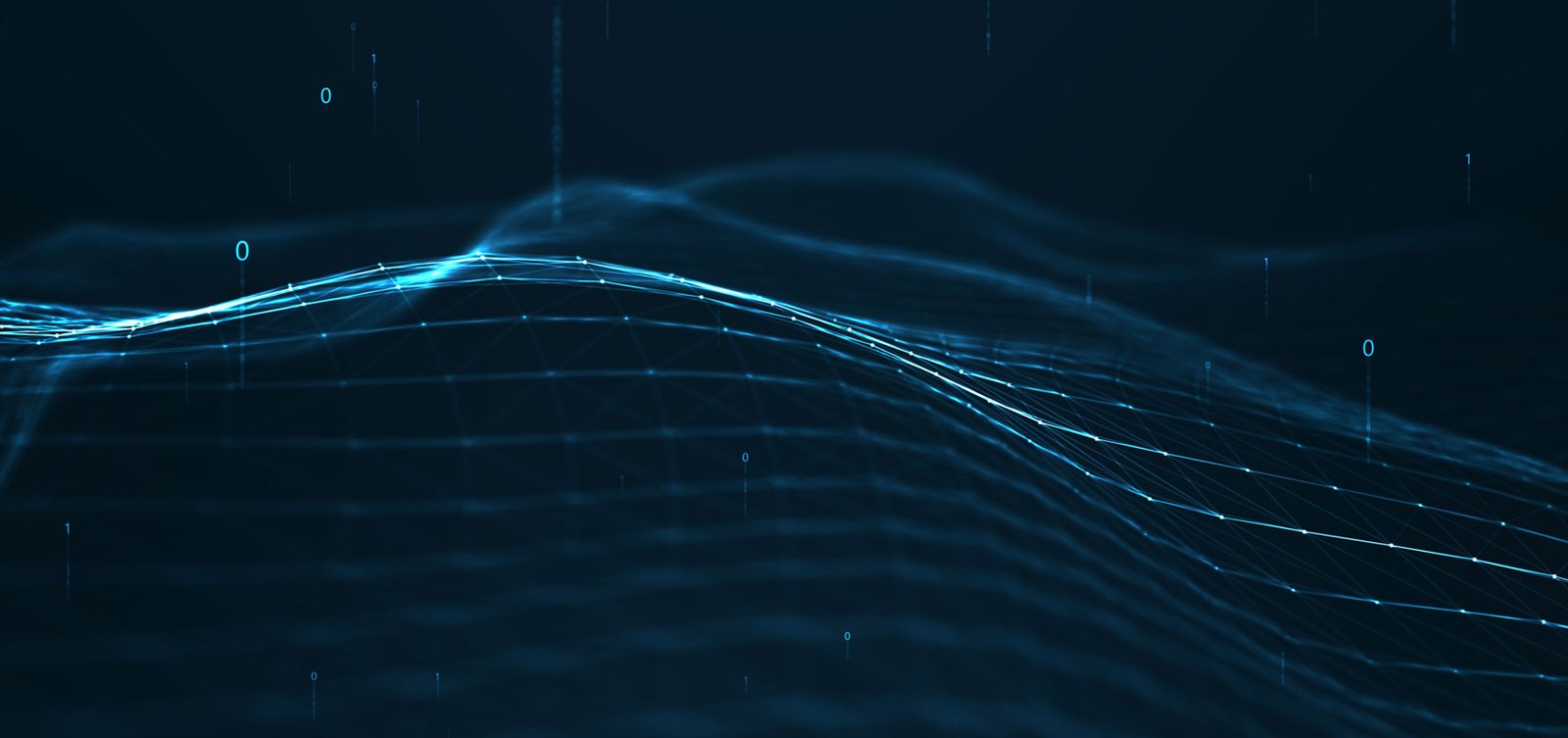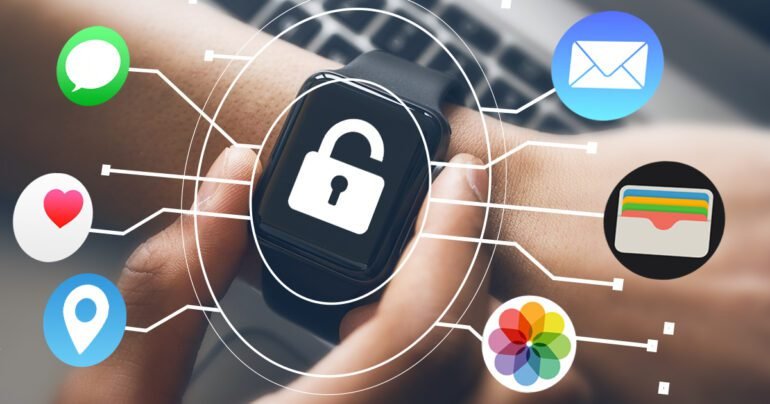Introduction
Smartwatches have become one of the most widely used wearable devices, blending fashion, convenience, and technology into a single accessory. From fitness tracking and health monitoring to instant messaging and GPS navigation, these devices generate a wealth of personal data about their users.
As their usage grows, smartwatches have also emerged as valuable sources of digital evidence in forensic investigations. Whether in criminal cases, accident reconstruction, or civil disputes, the data stored in a smartwatch can help uncover crucial facts about a person’s location, activity, or health at a given point in time.
What is Smartwatch Forensics?
Smartwatch forensics is the process of identifying, collecting, preserving, analyzing, and interpreting data from smartwatches and wearable devices for use in legal or investigative contexts. Unlike traditional computers or smartphones, smartwatches serve as companion devices but often store synchronized and independent data that can provide unique insights.
These devices act as digital witnesses, recording information such as movement, biometrics, and communication logs that can be used in investigations.

Types of Evidence from Smartwatches

Smartwatches can provide a wide range of digital evidence, including:
-
Health and Fitness Data
-
Heart rate monitoring, step counts, sleep cycles, and exercise logs.
-
Can be used in health-related disputes, accident investigations, or even murder cases to prove activity levels.
-
Location and GPS Data
-
Tracks movement routes, distances, and timestamps.
-
Useful in establishing presence or absence at a crime scene.
-
Communication Logs
-
Notifications of calls, SMS, emails, and social media alerts.
-
May serve as supporting evidence in harassment, fraud, or criminal cases.
-
Sensor Data
-
Accelerometer, gyroscope, and barometer readings.
-
Helpful in detecting falls, sudden movements, or unusual activities.
-
Application Data
-
Data from apps like fitness trackers, payment apps, or reminders.
-
Can indicate behavior patterns and digital activity timelines.
-
Device Metadata
-
Device identifiers, pairing history, battery logs.
-
Assists in linking the smartwatch to a user or smartphone.
Importance of Smartwatch Forensics in Investigations
Smartwatch evidence has already played a role in real-world cases:
-
Murder Investigations: In one case, Fitbit data showing the victim’s heart rate spike and sudden stop helped contradict the suspect’s version of events.
-
Accident Reconstruction: Heart rate and movement data can establish whether a driver was active or incapacitated before an accident.
-
Insurance Fraud: Activity trackers have disproved false injury or disability claims by showing physical activity inconsistent with alleged conditions.
-
Workplace Disputes: Smartwatch logs can confirm work-related movements and break times.
Challenges in Smartwatch Forensics
Despite their usefulness, smartwatches pose several forensic challenges:
-
Limited Storage – Smartwatches store smaller datasets compared to phones, and data may be overwritten quickly.
-
Cloud Synchronization – Much of the data is synced to cloud services, requiring legal procedures to access.
-
Encryption and Security – Many devices use advanced encryption, making data extraction difficult.
-
Compatibility Issues – Different brands (Apple, Samsung, Garmin, Fitbit, etc.) use proprietary formats and operating systems.
-
Dependency on Smartphones – Some smartwatches act as extensions of mobile devices, complicating standalone analysis.
Tools and Techniques Used in Smartwatch Forensics
Forensic examiners use a mix of specialized tools and methods to extract smartwatch evidence:
-
Mobile Device Forensic Tools – Tools like Cellebrite UFED, Magnet AXIOM, Oxygen Forensic Detective, MOBILedit can acquire smartwatch data (directly or via paired smartphone).
-
Cloud Forensics – Accessing synced data from platforms like Apple Health, Google Fit, or Fitbit cloud.
-
Manual Acquisition – Screenshots, manual logs, or photographing data directly from the device (when other methods fail).
-
Sensor & Metadata Analysis – Interpreting motion sensors, accelerometer, and heart rate logs with timestamps.
Future of Smartwatch Forensics
With wearable technology advancing rapidly, smartwatches are expected to become even more critical in forensic investigations. Emerging trends include:
-
Integration with AI to automatically analyze behavioral patterns.
-
Real-time forensic alerts in law enforcement cases.
-
Expansion of health data (ECG, blood oxygen, stress monitoring) that may become pivotal in legal cases.
-
Improved forensic tool support for diverse smartwatch brands.
Conclusion
Smartwatch forensics is revolutionizing digital investigations by providing unique and personal insights into a user’s daily life. From health metrics and GPS data to communication logs, these devices act as silent witnesses that can help confirm timelines, reconstruct events, and uncover hidden truths.
Although challenges such as encryption, data dependency, and storage limitations exist, forensic experts equipped with the right tools and methodologies can effectively harness smartwatch evidence.
At Hawk Eye Forensic, we specialize in advanced digital forensics, including the extraction and analysis of smartwatch data, to support truth and justice in legal and investigative matters.







Post comments (0)